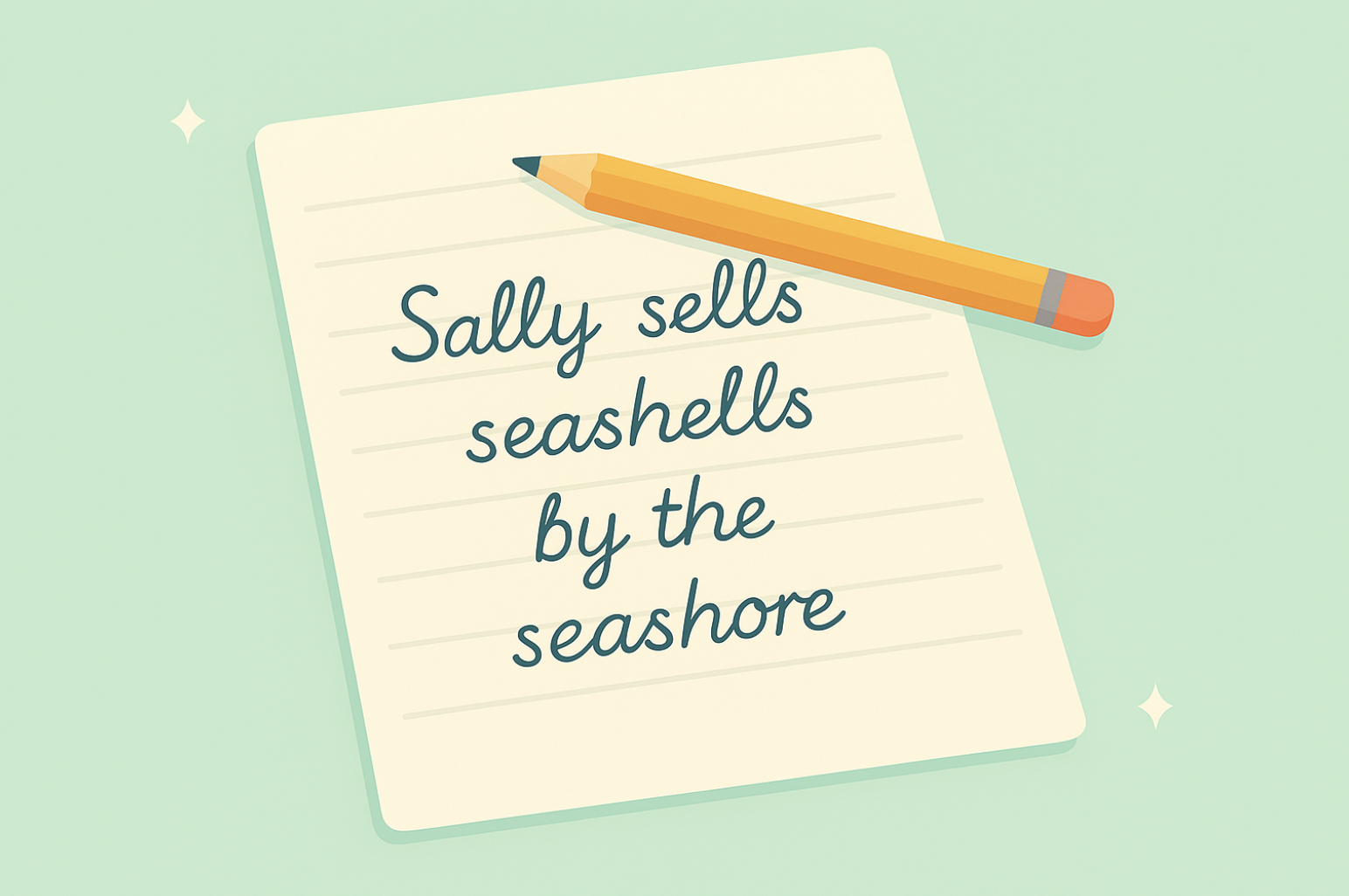Think of book structure as the skeleton of your narrative—the thing that keeps everything upright, functional, and not an amorphous blob of creative chaos. Sure, “winging it” might work for assembling a last-minute sandwich, but when it comes to crafting a story, a little organization can turn your tale from “meh” to a masterpiece.
Every story—from a swashbuckling fantasy to a tear-jerking literary fiction—has a structure. This often follows a classic story structure, which includes exposition, rising action, climax, falling action, and resolution. It’s how readers stay hooked, characters grow, and plot twists land with a satisfying punch instead of a confusing splat. The best part? Mastering structure doesn’t stifle creativity; it channels it.
One widely acknowledged narrative framework is the hero’s journey, which consists of various stages a protagonist goes through, including Departure, Initiation, and Return. Originating from Joseph Campbell’s work, the hero’s journey is versatile and has been adapted into storytelling across genres.
In this guide, we’ll walk you through the essentials of narrative structure, explore popular frameworks like the three-act structure and the seven-point story structure, and help you identify the best approach for your own story. Ready to give your plot some backbone? Let’s dive in.
Understanding Story Structure
Story structure is the backbone of any narrative, providing a framework for the events that unfold in a story. Think of it as the blueprint for your tale, guiding you from the opening scene to the final page. Without a solid structure, even the most imaginative ideas can feel disjointed and confusing. Understanding story structure is essential for writers because it helps create a compelling and engaging story that captures the reader’s attention and keeps them hooked.
Imagine trying to build a house without a blueprint. You might end up with a door that leads nowhere or a staircase that goes to the ceiling. Similarly, a story without structure can leave readers feeling lost and unsatisfied. By mastering story structure, you can ensure that your narrative has a clear direction and that every plot point, character arc, and turning point serves a purpose.
Definition of Story Structure
Story structure refers to the way in which the events of a story are organized and presented to the reader. It’s the underlying framework that gives the story its shape and direction, making it feel cohesive and satisfying. A well-structured story will have a clear beginning, middle, and end, and will use a variety of techniques to build tension, create suspense, and resolve conflicts.
Think of story structure as the roadmap for your narrative journey. It helps you plot the course from the exposition, where you introduce your world and characters, through the rising action and climax, where the stakes are highest, to the falling action and resolution, where loose ends are tied up. By following a structured approach, you can ensure that your story flows smoothly and keeps readers engaged from start to finish.
Why Structure Matters in Storytelling
The Backbone of a Good Story
The structure isn’t just for engineers and architects—it’s for storytellers too. A strong story structure gives your narrative shape and keeps readers engaged from the opening sentence to the final page. Without it, even the most exciting ideas can fall flat faster than a soufflé in an earthquake.
Take Freytag’s Pyramid, one of the earliest narrative frameworks. Developed by 19th-century German playwright Gustav Freytag, it breaks a story into five parts: exposition, rising action, climax, falling action, and denouement. This model laid the groundwork for many structures we use today.
Structure Lends Clarity and Depth
Good structure helps you balance the plot, character development, and pacing throughout the entire story. It allows your audience to follow your protagonist’s journey while also savoring key moments like plot twists and turning points. For writers, it’s like having a GPS for your story—you’ll always know the next destination, even if you take a creative detour.
The Foundations of Basic Story Structure
Beginning, Middle, and End
Every story has a beginning, middle, and end—it’s storytelling 101. In technical terms, this means:
- Setup: Introduce your world, characters, and status quo.
- Conflict: Shake things up with an inciting incident, leading to rising action.
- Resolution: Tie up loose ends and give readers a satisfying conclusion.
Exploring different story structures can enhance creativity and engage readers by providing various frameworks that cater to different genres and narrative needs. Using narrative structures as foundational frameworks for plotting stories can make the writing process more manageable and enhance character development, ultimately helping writers craft compelling narratives.
Key Plot Points That Keep the Narrative Forward
A well-structured story hits specific milestones:
- Status quo: The “normal life” before the story begins.
- Inciting incident: The moment that sets the story in motion.
- Turning points and pinch points: Key moments where stakes rise and the protagonist’s path shifts.
- Climax: The peak of tension—where everything comes to a head.
- Final image: The closing scene that leaves a lasting impression.
Character Development and the Hero’s Journey
Characters aren’t just along for the ride; they drive the narrative. Joseph Campbell’s Hero’s Journey is a classic framework that maps out the protagonist’s transformation:
- Ordinary World: The hero’s starting point.
- Refusal of the Call: Initial resistance to change.
- Protagonist Decides: The moment they step into the unknown.
- Hero Faces Challenges: Growth through trials and allies.
The story’s structure, including the hero’s journey, is crucial for relating larger themes within a narrative. By structuring chapters and scenes effectively, such as using alternating perspectives, these themes can be conveyed more powerfully.
Think Star Wars: Luke Skywalker’s journey from farm boy to galactic hero follows this structure to a T.
Exploring the Most Popular Story Structures
There are many different story structures that writers can use, each with its own strengths and weaknesses. Some of the most popular story structures include the three-act structure, Freytag’s Pyramid, and the hero’s journey. Each of these frameworks offers a unique way to organize your narrative and can be adapted to suit different genres and storytelling styles.
Exploring different story structures can enhance your creativity and help you find the best way to tell your story. Whether you’re writing a science fiction epic, a historical drama, or a contemporary romance, understanding these frameworks can provide you with the tools you need to craft a compelling and engaging narrative.
The Three-Act Structure
The three-act structure is one of the most commonly used story structures in literature and film. It consists of three acts: setup, confrontation, and resolution. The setup act introduces the main characters and setting and establishes the central conflict of the story. The confrontation act presents obstacles and challenges for the main characters to overcome, and the resolution act ties up loose ends and provides a sense of closure.
The three-act structure is a versatile and effective way to tell a story, and it can be used in a wide range of genres and styles. It’s particularly well-suited to stories that have a clear hero and villain, and that feature a dramatic confrontation or showdown. Think of your favorite blockbuster movies or bestselling novels—chances are, they follow this classic structure. By mastering the three-act structure, you can create a narrative that is both engaging and satisfying for your readers.
Exploring the Most Popular Story Structures: The Three-Act Structure
The Three-Act Structure: A Timeless Approach
The three-act structure divides stories into three clear parts:
- Act 1 – Setup: Introduce your world, characters, and inciting incident.
- Act 2 – Confrontation: Escalate conflict, introduce secondary characters, and deepen the protagonist’s struggle.
- Act 3 – Resolution: Deliver the climax, resolve conflicts, and reveal character arcs.
Another popular story structure is the hero’s journey, a versatile framework used across genres. Originating from Joseph Campbell’s work, it includes stages like Departure, Initiation, and Return, and has been adapted by Dan Harmon’s Story Circle and Christopher Vogler’s streamlined version.
This structure is perfect for short stories, novels, and even blockbuster movies (The Avengers, anyone?).
The Seven-Point Story Structure: Key Milestones for Writers
The seven-point story structure takes a milestone-based approach:
- Hook
- Inciting Incident
- First Plot Point
- Midpoint
- Second Plot Point
- Climax
- Resolution
It’s a flexible framework that helps you keep your narrative arc on track. Try applying it to your own story—it’s like giving your creativity a treasure map.
Dan Harmon’s Story Circle: A Modern Spin on the Hero’s Journey
Dan Harmon’s Story Circle is a modern adaptation of the hero’s journey, a widely acknowledged narrative framework consisting of stages like Departure, Initiation, and Return. It distills the hero’s journey into eight steps:
- You: Establish the protagonist in their normal life.
- Need: Highlight the desire or problem that propels them forward.
- Go: Launch them into the unfamiliar.
- Search: Show their struggles and growth.
- Find: Achieve the goal or resolution.
- Take: Pay the price for success.
- Return: Reintegrate into the ordinary world.
- Change: Show how they’ve transformed.
Modern and dynamic, this structure works wonders for science fiction and crime novels.
Alternative and Genre-Specific Story Structures
Freytag’s Pyramid: The Five-Act Structure
Building on the classic “pyramid,” this structure is perfect for historical fiction and literary works:
- Exposition
- Rising Action
- Climax
- Falling Action
- Denouement
Freytag’s structure shines in narratives where the emotional arc is as important as the plot. Understanding various novel structures can significantly contribute to a compelling narrative. The story’s structure can be adapted to suit different genres and storytelling styles, ensuring that the themes and emotional arcs are effectively conveyed.
The Cat Beat Sheet: Structuring for a Compelling Story
The Cat Beat Sheet breaks stories into 15 beats, covering everything from the inciting incident to the resolution. It’s especially useful for planning a crime novel or tying up loose ends in your narrative.
Applying Story Structure to Your Writing Process
Choosing the Right Structure for Your Story
Not every story fits every structure. A sprawling fantasy novel might thrive in the three-act structure, while a tightly wound literary piece could shine with Freytag’s Pyramid.
Key Elements to Keep in Mind
Establish your main character and their ordinary world early. Utilize a strong plot structure to build tension with well-timed plot points and never underestimate the power of a satisfying resolution.
Refining the Narrative: From First Draft to Final Story
Your first draft doesn’t have to be perfect, but using a structure will make revisions far smoother. Incorporate feedback, refine your protagonist’s arc, and ensure your key plot points are hit with emotional impact.
Conclusion: Bringing It All Together
Whether you’re crafting a sprawling fantasy epic, a poignant piece of literary fiction, or the next great crime novel, structure is your secret weapon. A well-structured story isn’t just easier to write—it’s far more engaging for readers.
So, take your time experimenting with different frameworks and find the one that best fits your tale. Need help mapping out your plot or refining your character arcs? Start your writing journey today and give your story the structure it deserves! Schedule a Free 15-minute call with Spines and bring your story to life.








